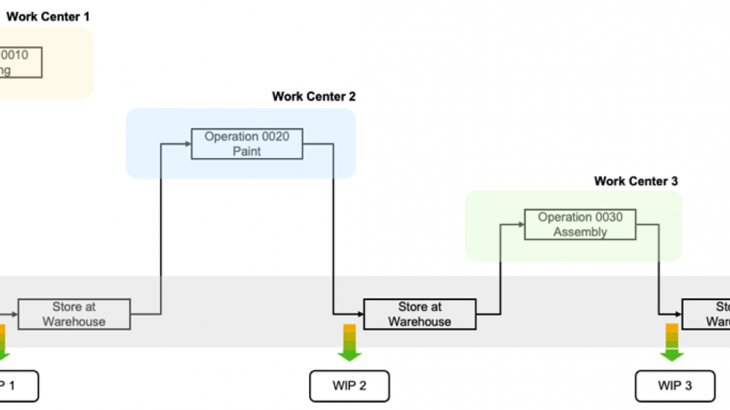In this blog post, I have the pleasure to walk you through the key aspects that bring intelligence to our digital core along with some of the highlights of the release.
Foundation of the Digital Core
Before jumping right into the highlights of this year’s SAP S/4HANA Cloud, private edition, and SAP S/4HANA release, let me name the four aspects that make up the foundation of the digital core:
- An architecture delivering a scalable foundation to transact at the highest possible automation,
- A system of intelligence supporting and steering the business using embedded analytics, simulation, prediction, and decision support to run live businesses,
- An end-to-end experience that can be implemented, consumed, and adapted faster,
- And an open architecture to allow connectivity and adoption of micro-services.
What Makes the Digital Core Intelligent?
A modernized ERP provides the base to connect your data, automate key functions, and constantly improve your products and services. For a successful modernization of your ERP, the following aspects need to be considered:
- A digital-age user experience: Conversational UIs and natural language processing allow the targeting of a hands-free ERP.
- Automation of business processes: Automation mainly addresses companies’ bottom lines and helps to reduce costs. We are working on ever-increasing automation of more ERP business processes within the next years.
- The next generation of business processes: We provide a streamlined architecture and technology never seen before. This aims to increase the top line by providing an infrastructure which allows you to completely rethink value creation and service tasks.
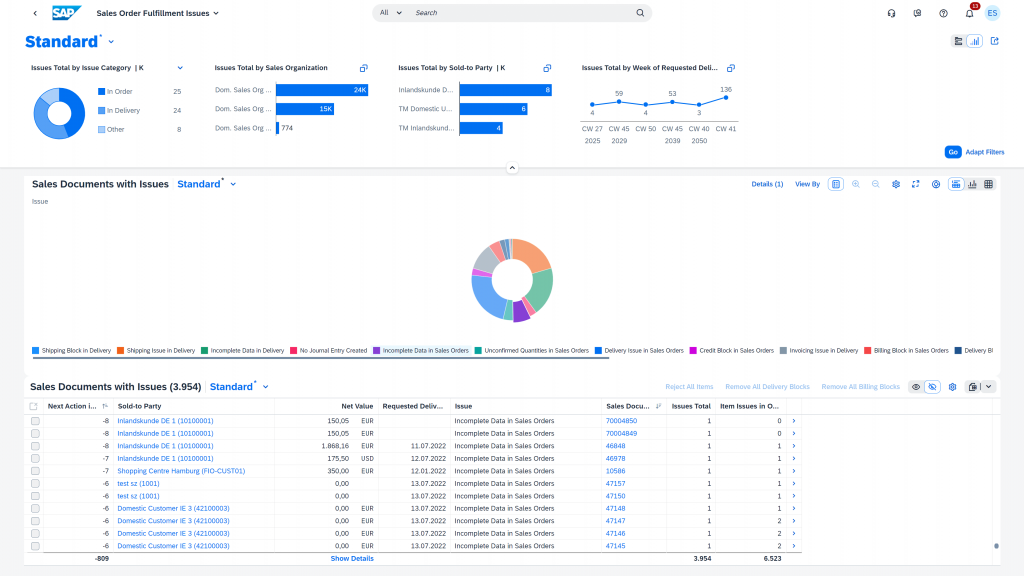
*Current state of planning, can be changed by SAP without further notice.
Highlights of the SAP S/4HANA Cloud, Private Edition, and SAP S/4HANA | 2022 Product Launch
Every new release gives us the opportunity to keep expanding our capabilities and enabling our valued customers to fully benefit from the latest innovations. With the 2022 release of SAP S/4HANA Cloud, private edition, and SAP S/4HANA, we offer a whole set of new key innovations. Let me walk you through what this release has in store for you.
Artificial Intelligence
Artificial Intelligence (AI) has become an essential asset for any business both now and in the future. We at SAP make sure we stay on top of the latest AI technologies and benefit from their ever-advancing capabilities for our intelligent enterprise.
Supply Chain Management
In Supply Chain Management, we leverage the autoregressive integrated moving average (ARIMA) algorithm, widely used in econometrics, statistics, and time series analysis to achieve a high-quality forecast. The ARIMA algorithm is used from the predictive analytics capabilities of SAP HANA in extended service parts planning (eSPP) forecasting. With this, you can forecast the need for spare parts in upcoming periods based on past values without having to include additional key figures, which optimizes customer services while minimizing your stockholding costs. Note: The ARIMA algorithm also applies to the ‘SAP Digital Supply Chain Management Edition for SAP S/4HANA’, also known as DSC Edition.
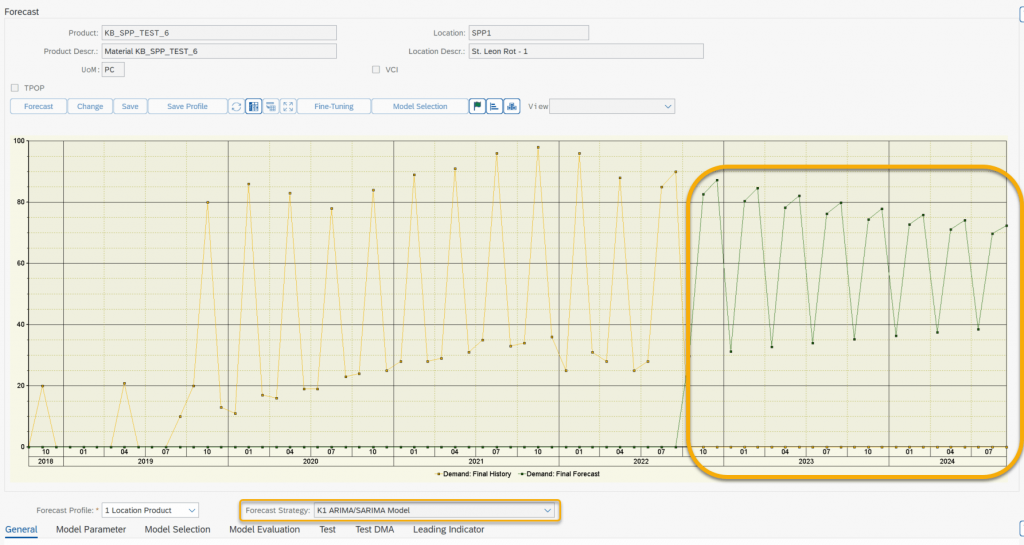
Public Sector
In the Public Sector, we have success-tracking concepts within Behavioral Insights. Success tracking involves analyzing Machine Learning-based risk and debt trends in relation to an organization’s collection actions. With this, you can use the ‘Explore At-Risk Customers’ app to analyze risk scores and trends across the scenarios delivered by Behavioral Insights as well as study customer pulse by viewing and analyzing the actions that they perform. The latest enhancement adds success tracking features to this app, including the possibility to filter, view, and group customers by the current collection strategy and collection step. Strategies and steps can be compared or analyzed by their impact on success. Additionally, dunning by collection strategy events can now be easily consumed by the ML models, as well as displayed on the customer pulse (visual timeline). This app will help you to understand the effectiveness of existing collection strategies and steps as well as determine the best next action for individual customers or groupings of customers.
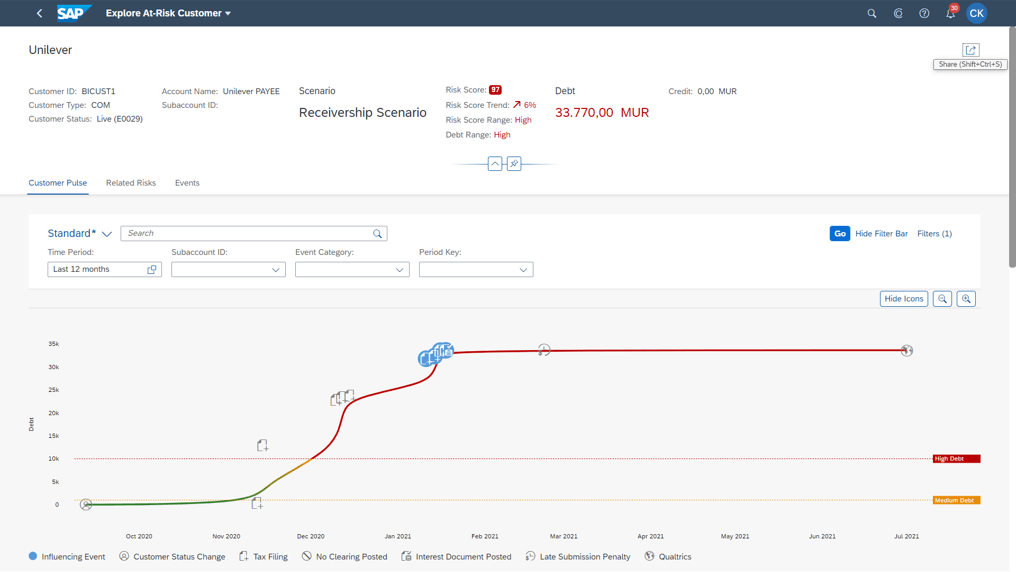
Data Insights
How to Bring Data into Value
Finance
In the finance area, we offer the direct integration of data from SAP Analytics Cloud into SAP S/4HANA Finance for group reporting, removing the need to transfer the data first into accounting and then release to group reporting. Here, we leverage value from data and analytics, and we enable more accurate and more efficient profitability planning in planning consolidation scenarios such as group-level planning with no integration in company-level planning and the planning of consolidation units that are not represented in accounting and need to be consolidated.
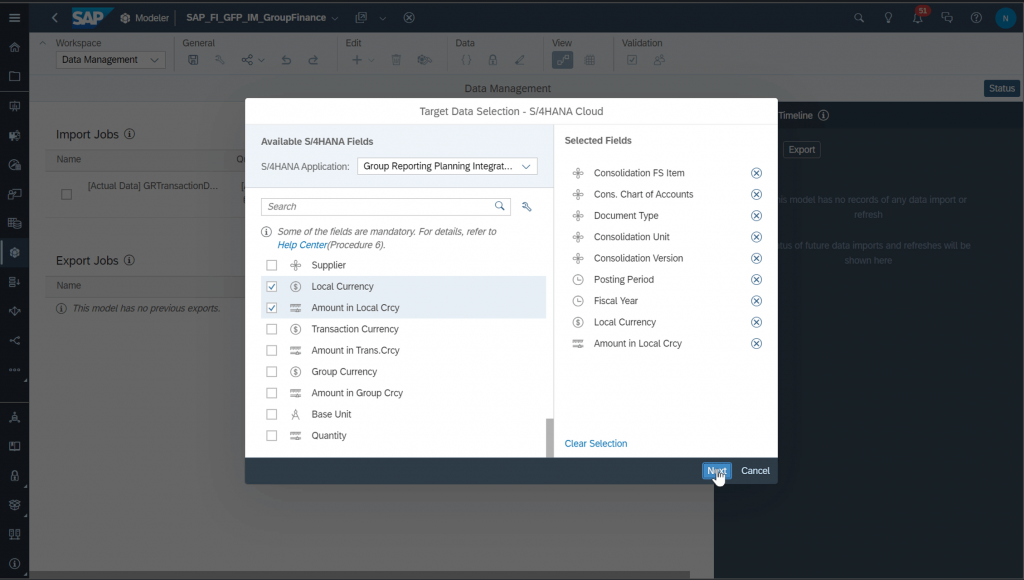
R&D / Engineering
With this release, we bring an enhanced impact analysis in change records. The Impact Management in Change Record application allows you to perform impact analysis that can help you identify objects (Material, BOMs, Orders, etc.) that are affected by a proposed change. Before implementing the change in the process, you can check the dependencies by performing an impact analysis and view the list of impacted objects with their object details. Let me give you a business example: There is a requirement to replace a material in a car engine, but the same material may be used in different other items such as BOM, BOM components, production routing, change records, etc. Therefore, prior to making the change, it is important to understand how the change impacts the other objects. The steps shown in figure 5 explain how an impact analysis is performed in change records and how the impacted objects are identified.
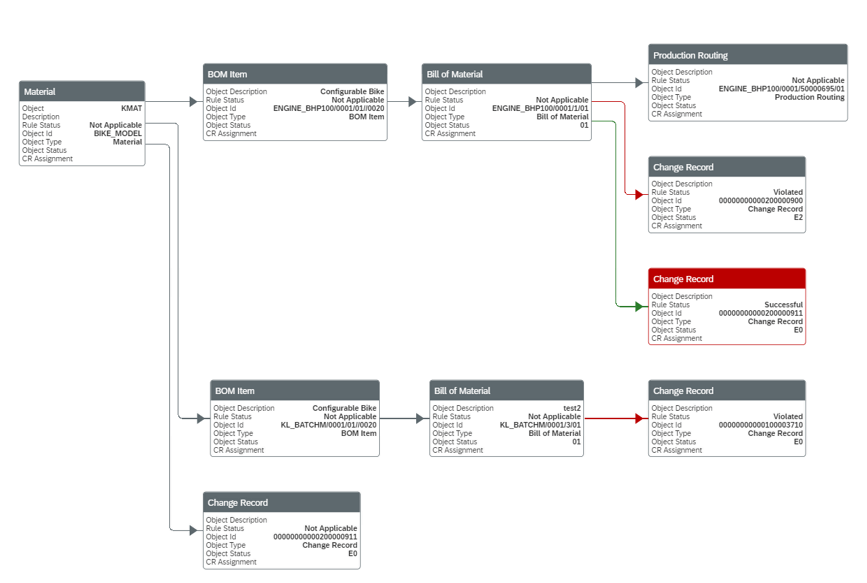
Digital Transformation
The Next Generation of Business Processes Inherently Part of SAP S/4HANA
Sales
In the sales LoB, we ship advanced intercompany sales to support legal compliance and consistent flow of values throughout logistical transactions. With this innovation, we bring intelligence to our digital core by introducing the next generation of business processes inherently part of SAP S/4HANA Cloud, private edition, related to special business processes in order and contract management. Intercompany sales processes allow two affiliated companies and an external customer to participate in a single intercompany process. With the Advanced Intercompany Sales process, the system automatically creates the following additional business documents:
- Purchase orders in the selling companies
- Sales orders in the delivering companies
For the transfer of control of goods between the affiliated companies and to the customer, this advanced process uses valuated stock in transit (VSiT). To support valuated stock in transit in this process, a virtual plant is introduced in the selling company. To orchestrate and monitor each process step, this process makes use of the ‘Monitor Value Chains’ app. You use this app to track all steps of advanced intercompany sales, advanced intercompany stock transfer, and sell from stock with valuated stock in transit (VSiT) business processes. It provides you with a detailed overview of all relevant steps and documents in these processes. In addition, it directly integrates these processes with other business applications. The business benefits are increased transparency, efficiency, and cross-team collaboration.
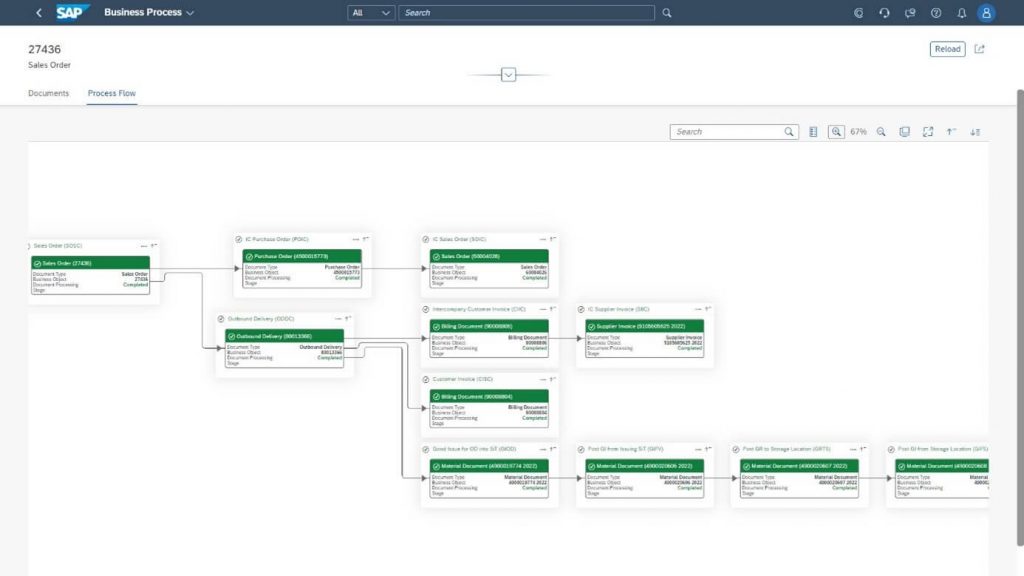
Product Compliance and Transportation Management
The business-to-business interface of dangerous goods with transport management is an important component of product compliance to ensure the safe transportation of dangerous goods. To support your compliance with dangerous goods regulations, dangerous goods checks are now integrated into the processing of the following transportation documents for ocean transport:
- Freight unit
- Ocean freight bookings
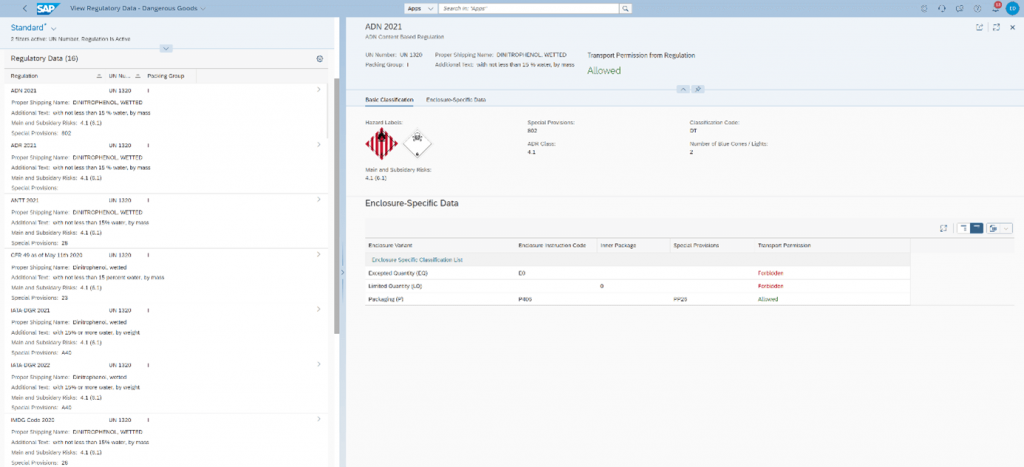
Industry 4.0
Industry 4.0 is one of the game-changing technologies and plays a critical role in digital transformation and business transformation.
SAP Extended Warehouse Management
With this release, we offer integration services for SAP Warehouse Robotics which enable you to connect SAP Warehouse Robotics to SAP Extended Warehouse Management (SAP EWM) as a standalone product, decentralized EWM based on SAP S/4HANA or EWM as a part of SAP S/4HANA. This allows you to read warehouse orders and task, to assign and unassign a resource that is mapped to a robot to or from a warehouse order, to set a warehouse order status to ‘In Process’ when a robot starts processing the warehouse order, to confirm warehouse tasks and orders when a robot finishes processing the warehouse orders, and to assign a queue to a warehouse order with exceptions. Note: To enable the integration with SAP Warehouse Robotics, you need to activate the OData service /SCWM/WAREHOUSE_ROBOTICS.
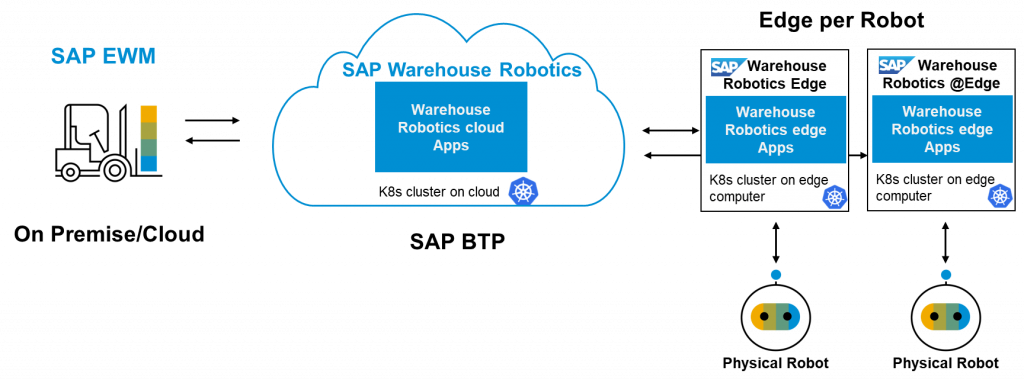
Another example in the same area is the Work-in-Process (WIP) Management. Work-in-Process Management is based on the WIP information that is communicated between an integrated manufacturing execution system (MES) and SAP Extended Warehouse Management (EWM). In a manufacturing plant, due to planned or unplanned delays between manufacturing operations, output of the previous operation can’t be provided for the next operation immediately. Therefore, it’s necessary to store WIP stock in a warehouse for a period of time, for example, to save space in a production line. With this new release, you can store unfinished items in your warehouse that are in the middle of the manufacturing process until they’re requested for a follow-on manufacturing operation. Now here is how this works in a business context: After a shop floor control (SFC) number is created in the MES and a goods receipt is requested, the MES sends detailed manufacturing information to EWM via the interface ‘WIP Inbound Delivery In’. When the goods receipt is complete and the warehouse tasks are confirmed, EWM informs the MES of the processing status of the inbound delivery via the interface ‘WIP Inbound Delivery Status Out’. The MES creates a staging request for WIP via the interface ‘Warehouse Staging Request In’. The MES needs to be informed of stock changes or stock moves that are relevant to the production supply area. After the warehouse tasks are confirmed, EWM sends the relevant stock change information to the MES via the interface ‘Warehouse Stock Change Notification Out’. The MES then creates a request for goods issue to consume the WIP stock from EWM via the interface ‘WIP Goods Issue In’.
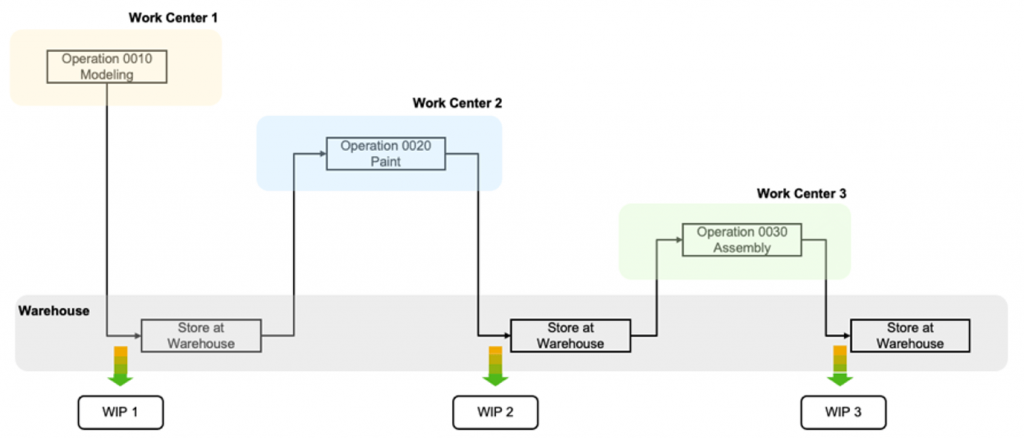
Digital-Age User Experience
SAP Fiori Apps
In this release, we offer various SAP Fiori apps in different areas. Let me just mention some of them:
- New SAP Fiori app allowing customer returns orders to be created without reference to a sales document in sales, increasing process flexibility.
- New SAP Fiori app for analyzing stock in a date range in Inventory Management, providing the ability to analyze inventory difference postings for one or more materials in a defined time period and to track goods movement postings based on material documents.
- New SAP Fiori apps to maintain data for safety data sheets and labels in product compliance, e. g. to manage information on waste codes, enable the use of worldwide and EU GHS classification for unpackaged products and raw materials, or provide a release concept to control when information is ready to be used in follow-on processes
- New SAP Fiori app ‘Analyze Incoming Payments’ in finance, allowing you to monitor and analyze incoming payments to optimize clarification processes and team workload. You can use this app to regularly analyze how many payments have been clarified manually within a given period and determine the effectiveness of the automated clarification process provided by the standard. The app analyzes payment lots, credit lots, and check lots, and displays an overview of which amount and number of payments in a payment lot has been cleared automatically or manually.
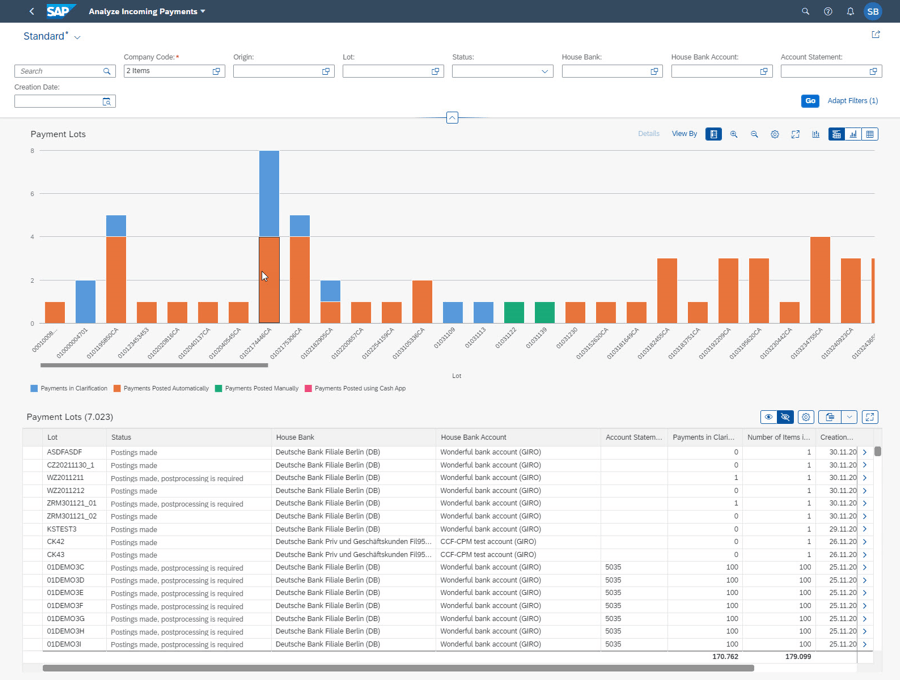
Transportation Management
The load plan provides you with an overview of how the loading space available for transporting a business document is currently used. A load plan is also created for detailed mixed package building. It provides you with an overview of the loading of a package or a pallet, for example.
In both the transportation cockpit and in the business document, you can display the complete load plan as a 3D load plan or as a hierarchical table (load plan hierarchy). With this release, a new batch report for creating PDF files for load plans of road freight orders and container units is available. Further, you can create a load plan manually.
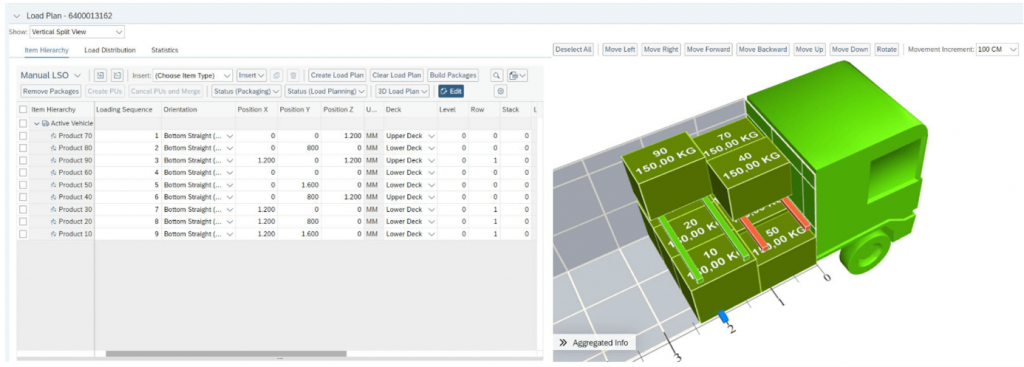
Sustainability
Sourcing and Procurement
With this release, we now have sustainability integration scenarios in sourcing and procurement. This helps customers to increase visibility of footprint data to support actions to achieve the sustainability targets and deliver on the “green line” objectives of the organization.
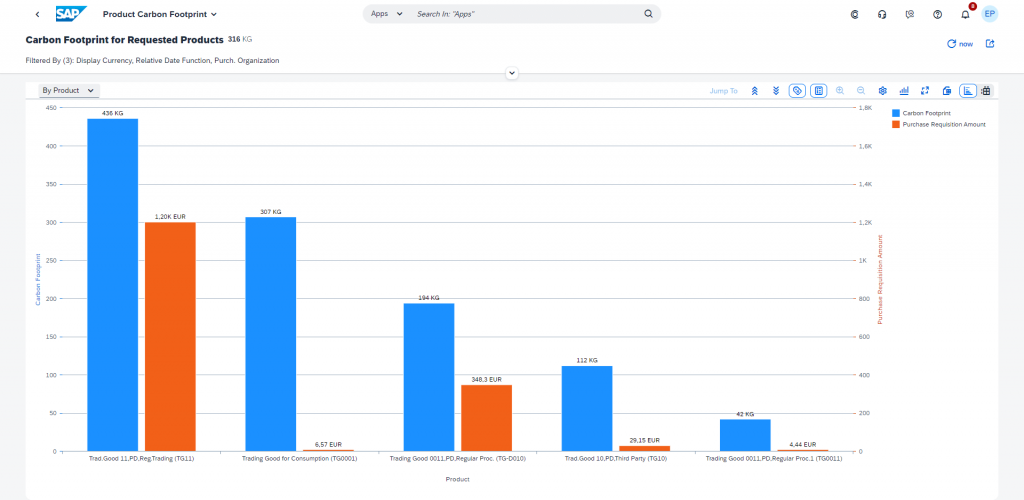
*Current state of planning, can be changed by SAP without further notice.
Environment, Health, and Safety
Here, you can create environmental reports and get a summary of the available environmental data in the system with the new ‘Manage Environmental Reports’ SAP Fiori app. The app provides a framework for creating summary reports that can serve as a guidance on how to create environmental summary reports. You can use the reports to fulfill legal and internal reporting requirements. In addition to reports containing current environmental data, you can also make up a snapshot of projected environmental data based on the setup of compliance activities for a future period. The app provides an example template for managing greenhouse gas reports (carbon dioxide, methane, dinitrogen oxide, and carbon dioxide equivalents).
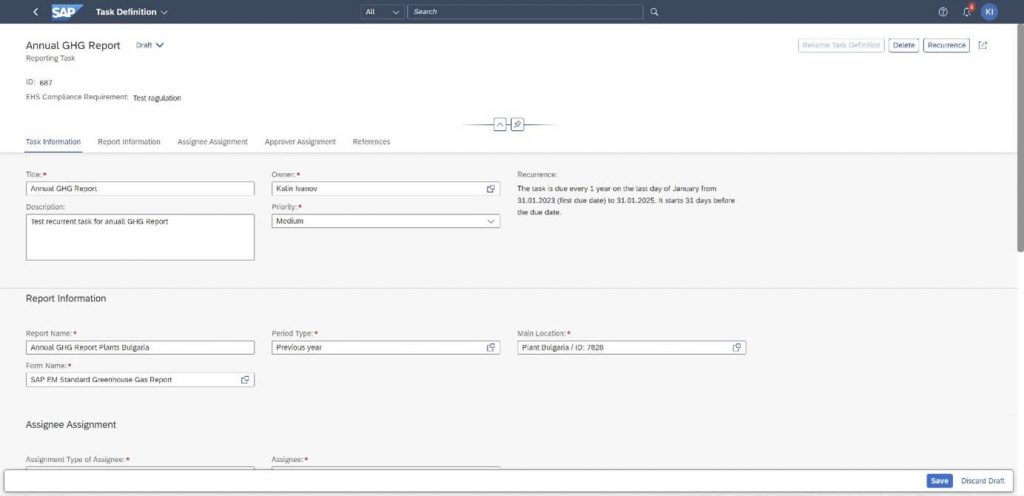
This blog post covers only selected innovations for selected LoBs and industries.
